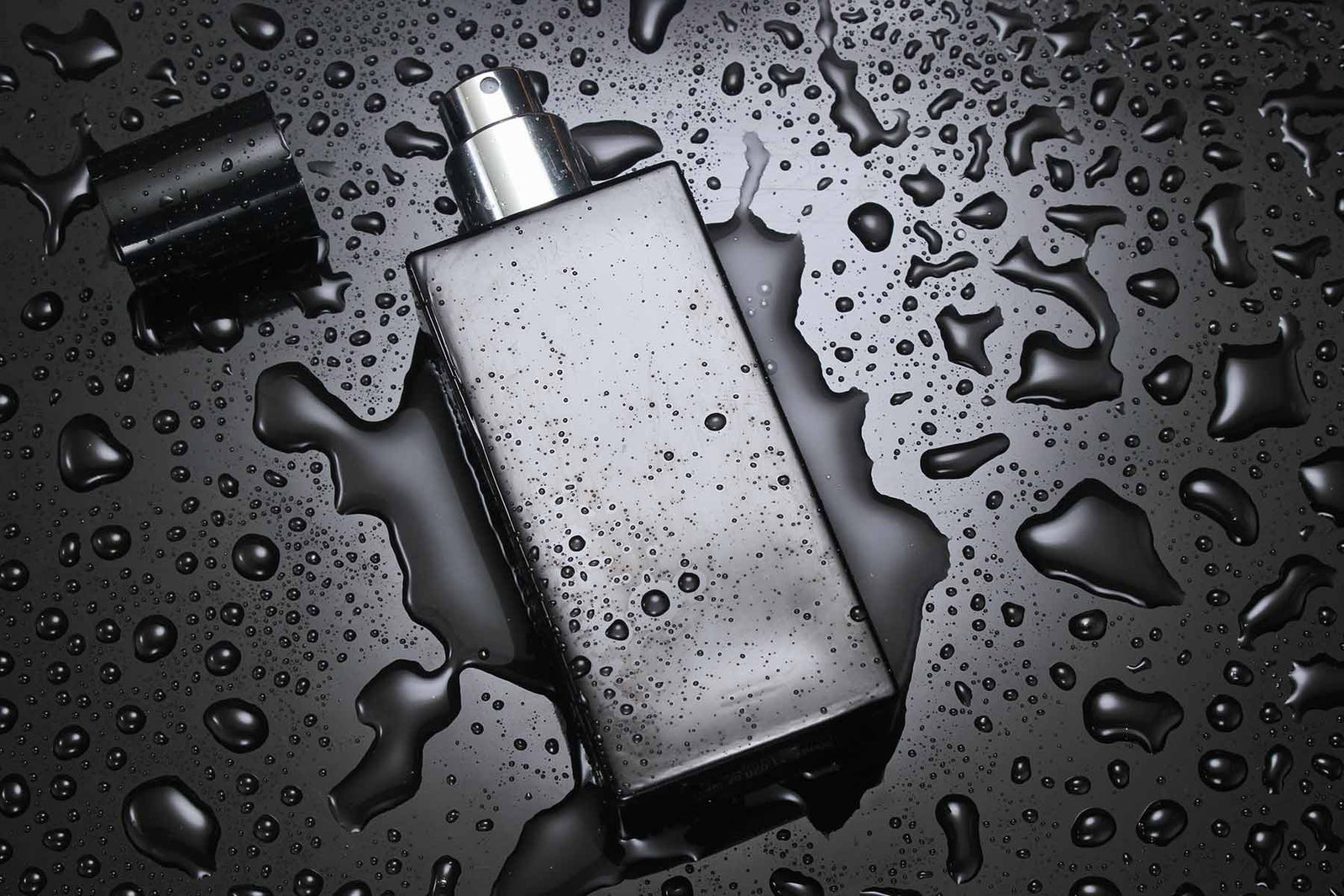Your Cart is Empty
Understanding ISO 9235: The Standard for Natural Fragrance Oils
ISO 9235 is the international benchmark for defining natural fragrance oils and ensuring clarity in plant-based fragrance formulations. If you’re a perfumer, formulator, or brand working in the clean fragrance space, this standard matters.
🌿 What is ISO 9235?
ISO 9235 defines what qualifies as “natural” in fragrance materials. Established by the International Organization for Standardization (ISO), it helps ensure that marketing and product claims remain transparent and trustworthy.
According to ISO 9235, a natural fragrance material must be obtained physically, microbiologically, or enzymatically from plants — without synthetic chemical alterations. Common sources include flowers, leaves, woods, roots, fruits, and resins.
🌸 Key Principles of ISO 9235
- Source Authenticity: Only botanical (and some animal-derived) materials may be labeled as “natural.”
- Processing Methods: Accepted processes include distillation, expression, extraction with natural solvents, fermentation, or enzymatic modification.
- No Synthetics: Materials altered through chemical synthesis cannot be called natural, even if they began as plant-based.
- Transparency: Brands that market natural fragrance oils must align with ISO 9235 definitions to build consumer trust.
🌱 Why ISO 9235 Matters for Natural & Plant-Based Fragrances
With consumer demand for clean, sustainable fragrance growing, ISO 9235 is vital for anyone formulating with plant-based fragrance oils.
- For brands: Enables transparent marketing of natural fragrance oils.
- For formulators: Defines which raw materials can be used in a natural fragrance formulation.
- For consumers: Provides confidence that “natural” claims reflect true botanical origin.
🌍 ISO 9235 and the Future of Clean Fragrance
As more companies invest in plant-based fragrance innovation, ISO 9235 ensures that “natural” really means natural. From essential oils to CO₂ extracts and botanical aromatics, the standard reinforces authenticity and integrity in every scent.
For brands creating perfumes, candles, and skincare, highlighting ISO 9235 compliance can be a powerful way to stand out in a crowded marketplace.
📊 ISO 9235 Cheat Sheet
Scope
Vocabulary & definitions only — no safety limits, purity specs, or labeling rules. ISO 9235 is not a safety standard — always apply IFRA + local regulations.
Domain
Aromatic natural raw materials: essential oils, extracts (concretes, absolutes, resinoids, oleoresins), aromatic waters, etc.
Use
Consistent terminology for specs, sourcing, audits, and claim substantiation.
Core Terms (ISO 9235 → Plain-English)
| Term | ISO 9235 gist | Typical examples |
|---|---|---|
| Natural raw material | Material of plant/animal/microbiological origin obtained by physical, enzymatic, or microbiological processes (traditional preparations included); excludes chemical synthesis. | Lavender, citrus peel, yeast‑fermented extract |
| Essential oil | Obtained by steam or dry distillation or mechanical expression (for citrus); may be separated from aqueous distillate. | Lavender oil, Lemon oil |
| Folded / concentrated oil | Essential oil physically treated (e.g., rectified) to concentrate selected components. | 5‑fold lemon oil, terpeneless citrus |
| Extract | Product obtained by treating raw material (or hydrolate) with one or more solvents; includes sub‑types. | CO₂ extract, ethanolic tincture |
| Concrete | Volatile‑solvent extract yielding waxy mass of volatiles + waxes + pigments; precursor to absolute. | Jasmine concrete, rose concrete |
| Absolute | Ethanol extract of concrete to yield highly aromatic, wax‑reduced product. | Jasmine absolute, rose absolute |
| Resinoid | Solvent extract of dry plant exudates or materials, rich in resinous non‑volatiles. | Benzoin resinoid, labdanum resinoid |
| Oleoresin | Natural exudate or extracted resin containing volatile and non‑volatile fractions. | Turmeric oleoresin, capsicum oleoresin |
| Native aromatic water | Aqueous distillate from the raw material without addition of external water. | Rose water, orange‑flower water |
How ISO 9235 Maps to Other Standards
| Concept | ISO 16128 (Cosmetics) | COSMOS (Organic / Natural) | NATRUE | IFRA (context) |
|---|---|---|---|---|
| Definition of “natural” | Defines natural origin & indices; allows certain processing of derived natural ingredients. | Allows physical/enzymatic processes; stricter on petro‑solvents. | Strict taxonomy; some biotech accepted. | Does not define “natural”; focuses on safety. |
| Essential oils | Count as natural / natural‑origin depending on process. | Accepted when obtained by allowed physical methods. | Accepted by category and origin. | Subject to IFRA Standards (allergens, dermal limits). |
| Solvent extracts | Often natural‑origin if solvent & process conform. | Permits certain solvents; strict rules on residues. | Accepted with constraints. | Safety assessment applies. |
| Biotech / enzymatic products | Derived natural if feedstock & process qualify. | Permitted if conforming. | Case‑by‑case. | Assessed for safety only. |
| Rectified / folded oils | Remain natural‑origin if only physical fractionation used. | Generally acceptable. | Generally acceptable. | Normal IFRA safety rules apply. |




